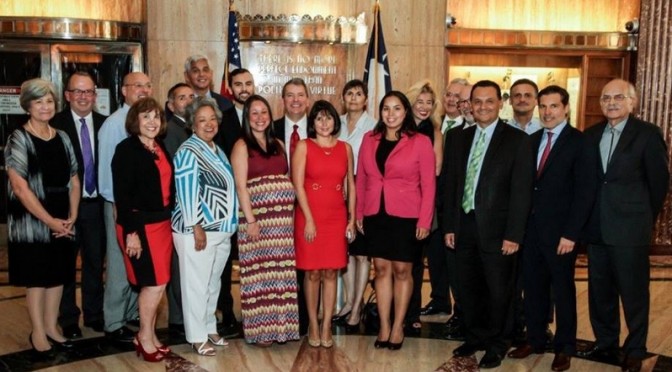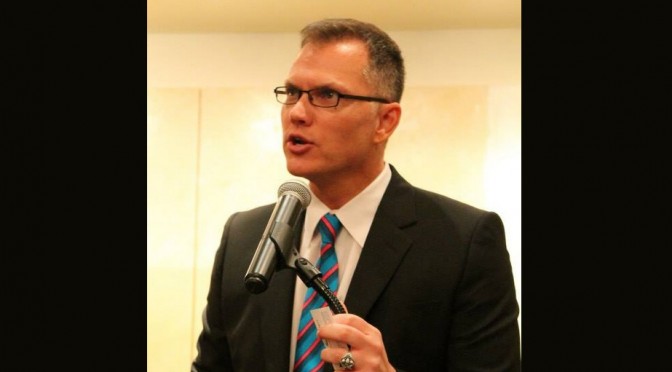
All too often when we turn on the news, we hear so much about people doing the bad things-- someone who has committed a crime and escaped, another person that is going to jail, murderers, rapists and thieves. Sadly, most
media coverage of minority communities is especially guilty of focusing on the negative, while …
Continue Reading ›› 
In the realm of partisan politics, Harris County Democratic Party Chairman
Lane Lewis has proven himself one of the most influential and effective Democrats in the state of Texas. Under his leadership, the state's largest county voted majority Democratic in 3 straight electoral cycles.
But this week, Houstonians have learned that Lewis will turn his attention …
Continue Reading ››
Houston is a city with an affinity for forward motion, and Mayor Annise Parker's new initiative is no exception. In an effort to arm Houston job seekers and employers with a new, 21st century way to connect, the Mayor announced the launch of the
'Tweet My Jobs Houston' smart phone app. Now …
Continue Reading ›› 
As city government leaders continue the debate for Houston's future growth and development, many residents have lots of questions for how these changes will affect their area. The first major move to address those issues is
likely to come to a City Council vote on April 24th... an expansion and re-vamp of Houston's Chapter 42 …
Continue Reading ››
A Voice for the Rest of Texas


